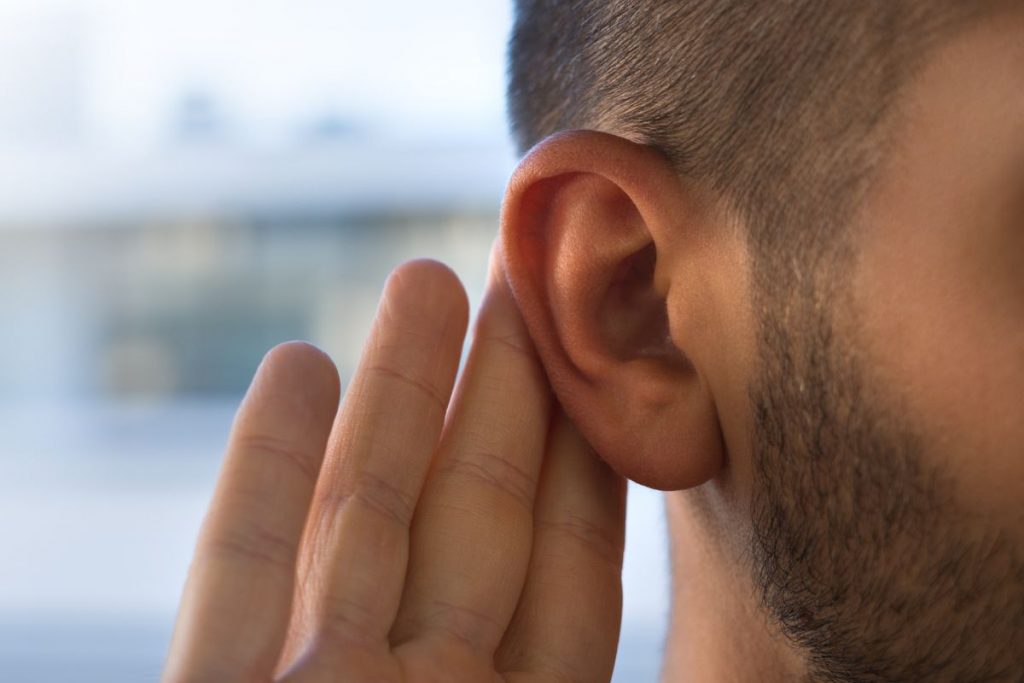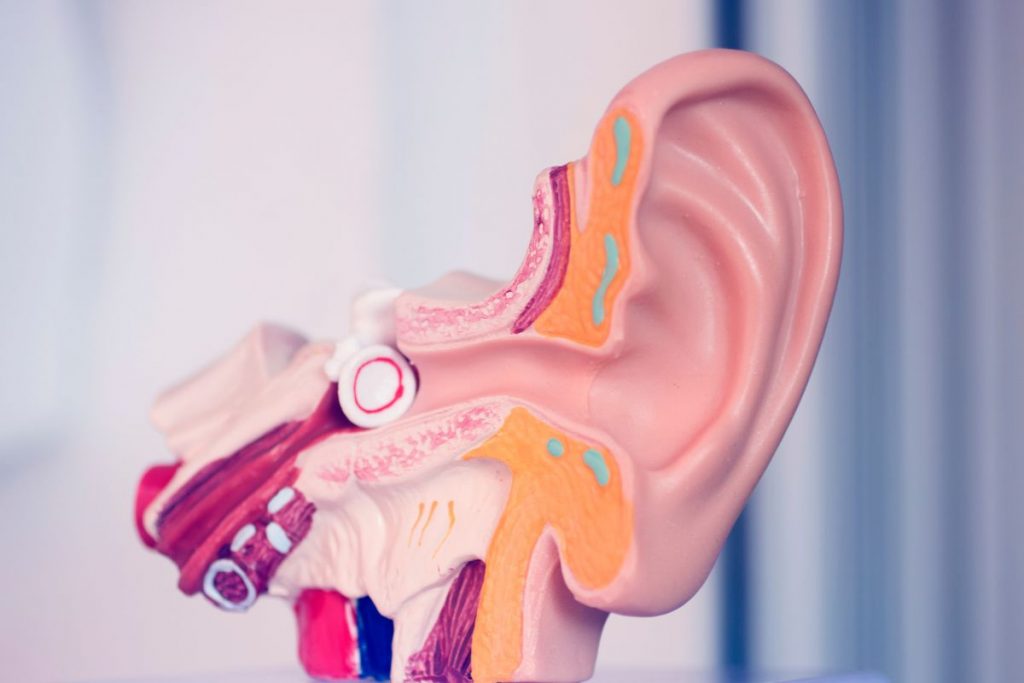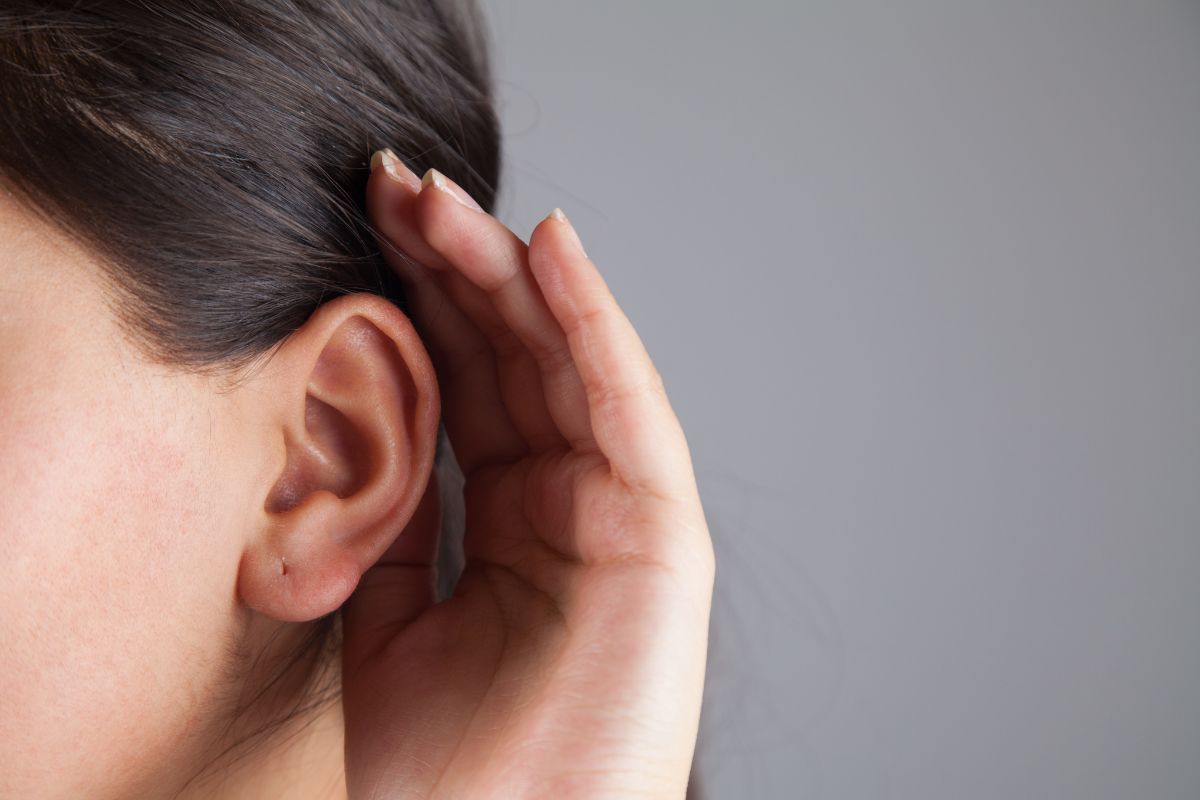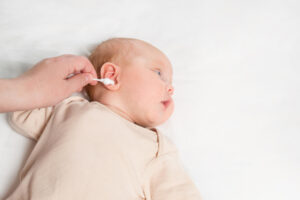Introduction to Conductive vs. Sensorineural Hearing Loss

In the discourse presented here, Dr. Shree Rao provides Insights Conductive vs. Sensorineural Hearing Loss. She is the Best Doctor for Cochlear Implants.
Understanding the nuances between conductive and sensorineural hearing loss is essential for individuals navigating auditory health concerns. Conductive hearing loss occurs when sound waves are obstructed or hindered from reaching the inner ear, often due to issues with the ear canal, eardrum, or middle ear bones. On the other hand, sensorineural hearing loss involves damage to the delicate hair cells in the inner ear or issues with the auditory nerve pathways, resulting in difficulties with sound detection and processing. In this comprehensive guide, Dr. Shree Rao provides valuable insights into the distinct characteristics, causes, and management strategies for both types of hearing loss. By delving into these topics, individuals can gain a deeper understanding of their auditory health and make informed decisions about their care.
Anatomy of the Ear
Includes the pinna (auricle) and ear canal (external auditory canal). The pinna collects sound waves and directs them into the ear canal, which channels them towards the tympanic membrane (eardrum).
Consists of the tympanic membrane (eardrum) and three ossicles—malleus (hammer), incus (anvil), and stapes (stirrup). These structures transmit sound vibrations from the tympanic membrane to the inner ear, facilitating the conversion of sound waves into mechanical energy.
Comprises the cochlea and vestibular system. The cochlea converts mechanical vibrations into electrical signals, which are transmitted to the brain via the auditory nerve, enabling the perception of sound. The vestibular system detects head and body movements, maintaining balance and spatial orientation.
Causes
Conductive Hearing Loss
- Earwax Buildup: Accumulation of earwax (cerumen) in the ear canal can block sound waves from reaching the eardrum, leading to conductive hearing loss. Removal of the earwax typically restores hearing function.
- Otitis Media (Middle Ear Infection): Inflammation and fluid buildup in the middle ear, often due to bacterial or viral infections, can impair the movement of the tympanic membrane and ossicles, resulting in conductive hearing loss. Treatment involves antibiotics and, in severe cases, tympanostomy tube placement.
- Perforated Eardrum: A rupture or hole in the tympanic membrane can disrupt sound transmission to the middle ear, causing conductive hearing loss. Depending on the size and cause of the perforation, treatment may involve observation, medication, or surgical repair.
- Otosclerosis (Stiffening of Ossicles): Abnormal bone growth around the ossicles, particularly the stapes, can impede their movement, leading to conductive hearing loss. Surgical intervention, such as stapedectomy or stapedotomy, is often necessary to restore hearing.
Sensorineural Hearing Loss
- Age-related Degeneration: Degenerative changes in the cochlea and auditory nerve associated with aging can result in sensorineural hearing loss, typically characterized by difficulty hearing high-frequency sounds. Treatment may involve hearing aids or cochlear implants to amplify sound signals.
- Noise-induced Damage: Exposure to loud noises, either sudden or prolonged, can damage hair cells in the cochlea, leading to sensorineural hearing loss. Prevention through hearing protection and avoidance of excessive noise is key, as sensorineural hearing loss due to noise exposure is irreversible.
- Genetics: Inherited genetic mutations can predispose individuals to sensorineural hearing loss, which may manifest at birth (congenital) or develop later in life. Genetic counseling and early intervention are essential for managing hereditary hearing loss.
- Meniere’s Disease: Meniere’s disease, a disorder of the inner ear characterized by episodes of vertigo, tinnitus, and fluctuating sensorineural hearing loss, is thought to result from fluid buildup in the inner ear. Treatment focuses on symptom management through medication, dietary changes, and vestibular rehabilitation.
Pathophysiology

Conductive Hearing Loss
- Impaired Sound Conduction: Occurs when sound waves are hindered from reaching the inner ear due to obstructions like earwax buildup or middle ear abnormalities, such as fluid accumulation or perforation of the tympanic membrane.
- Interference with Middle Ear Function: Disruption in the middle ear’s ability to amplify and transmit sound waves, caused by conditions like otitis media or otosclerosis, which affect the movement of the tympanic membrane and ossicles, impeding sound conduction.
Sensorineural Hearing Loss
- Damage to Cochlear Hair Cells: Results from the damage or loss of hair cells within the cochlea due to factors like loud noise exposure, aging, genetics, or certain medications, leading to permanent hearing impairment as damaged hair cells cannot regenerate.
- Neural Pathway Dysfunction: Involves abnormalities in the neural pathways that transmit auditory information from the cochlea to the brain, disrupting the processing of sound signals and resulting in impaired hearing, seen in conditions like auditory neuropathy spectrum disorder (ANSD).
Symptoms
Conductive Hearing Loss
- Reduced Sound Intensity: Individuals with conductive hearing loss often experience a decrease in the volume of sounds they can hear. This reduction in sound intensity can range from mild to severe, depending on the underlying cause and extent of the obstruction or impairment in sound conduction.
- Muffled or Blocked Sensation: Sounds may appear muffled or blocked to individuals with conductive hearing loss due to the obstruction or disruption in sound transmission through the outer or middle ear. This sensation can affect their ability to perceive speech and environmental sounds clearly.
- Tinnitus (Ringing in the Ears): Tinnitus, characterized by the perception of ringing, buzzing, or humming sounds in the ears without an external source, can accompany conductive hearing loss. The underlying cause may involve changes in pressure within the middle ear or irritation of the auditory nerve due to the underlying condition.
Sensorineural Hearing Loss
- Difficulty Understanding Speech: Sensorineural hearing loss often results in difficulties understanding speech, particularly in noisy environments or when multiple speakers are present. This difficulty arises from the impaired perception of speech sounds due to damage to the cochlear hair cells or neural pathways.
- Inability to Hear Soft Sounds: Individuals with sensorineural hearing loss may struggle to hear soft or low-intensity sounds, such as whispers or faint noises. This difficulty in detecting subtle auditory cues can impact their ability to communicate effectively and participate in conversations, especially in quiet settings.
- Distorted or Unclear Sound Perception: Sensorineural hearing loss can lead to distorted or unclear sound perception, where sounds may appear muffled, garbled, or distorted. This distortion can affect the clarity and quality of sound perception, making it challenging to discern speech or recognize familiar sounds.
Diagnosis
- Otoscopic Examination: A healthcare professional examines the ear canal and eardrum using an otoscope to assess for any visible abnormalities, such as earwax buildup, perforation, or signs of infection. This examination helps identify potential causes of conductive hearing loss within the outer or middle ear.
- Audiometry (Pure-tone and Bone Conduction Testing): Pure-tone audiometry involves presenting tones of varying frequencies and intensities to each ear separately to determine the softest sounds an individual can hear at different frequencies. Bone conduction testing assesses the sensitivity of the cochlea by bypassing the middle ear and delivering sound vibrations directly to the inner ear bone (mastoid process).
- Tympanometry (Middle Ear Pressure Measurement): Tympanometry evaluates the mobility and pressure of the eardrum and middle ear system by introducing air pressure changes into the ear canal. This test helps assess middle ear function and identify conditions such as fluid accumulation, eardrum stiffness, or eustachian tube dysfunction associated with conductive hearing loss.
- Pure-tone Audiometry: Pure-tone audiometry assesses an individual’s hearing sensitivity across a range of frequencies, typically from low to high pitches. By measuring the softest tones audible to the individual, this test helps determine the degree and configuration of sensorineural hearing loss.
- Speech Audiometry: Speech audiometry evaluates an individual’s ability to understand speech at different volume levels and in various listening conditions. This test assesses speech discrimination or recognition scores to determine the impact of sensorineural hearing loss on communication abilities.
- Otoacoustic Emissions (OAE) Testing: Otoacoustic emissions measure the sounds generated by the cochlea in response to acoustic stimuli, providing information about cochlear function and outer hair cell integrity. This objective test helps identify sensorineural hearing loss and distinguish between cochlear and neural abnormalities.
Treatment
Conductive Hearing Loss
- Removal of Earwax: For cases where earwax buildup obstructs the ear canal, healthcare professionals may perform ear irrigation or manual removal techniques to clear the blockage and restore normal hearing.
- Antibiotics for Infections: If conductive hearing loss is due to middle ear infections (otitis media), antibiotics are prescribed to eliminate bacterial pathogens causing the infection and reduce inflammation, allowing the middle ear to function properly.
- Surgery (Tympanoplasty, Stapedectomy): In some instances, surgical interventions may be necessary to address underlying structural abnormalities causing conductive hearing loss. Tympanoplasty aims to repair a perforated eardrum, while stapedectomy involves replacing the fixed stapes bone with a prosthesis to improve sound conduction in cases of otosclerosis.
Sensorineural Hearing Loss
- Hearing Aids: Hearing aids are amplification devices worn in or behind the ear to enhance sound perception and compensate for sensorineural hearing loss. They amplify sound vibrations and adjust frequencies based on individual hearing needs, improving communication abilities and quality of life.
- Cochlear Implants: Cochlear implants are surgically implanted electronic devices designed to bypass damaged hair cells in the cochlea and directly stimulate the auditory nerve, providing individuals with severe to profound sensorineural hearing loss access to sound signals and speech comprehension.
- Assistive Listening Devices: Assistive listening devices (ALDs) include devices such as FM systems, loop systems, and infrared systems that enhance sound transmission and clarity in specific listening environments, such as classrooms, theaters, or meetings, for individuals with sensorineural hearing loss.
- Auditory Rehabilitation: Auditory rehabilitation programs focus on improving communication skills, speech perception, and overall auditory function in individuals with sensorineural hearing loss. These programs may include auditory training, speechreading instruction, and counseling to optimize hearing aid or cochlear implant use and facilitate adaptation to hearing loss.
Conclusion - Conductive vs. Sensorineural Hearing Loss
In conclusion, the differentiation between conductive and sensorineural hearing loss is crucial for individuals seeking to address their auditory health concerns effectively. Dr. Shree Rao’s comprehensive overview has shed light on the distinct characteristics, causes, and management approaches for both types of hearing loss. By understanding the underlying mechanisms and implications of each condition, individuals can collaborate with healthcare professionals to develop personalized treatment plans that optimize their hearing capabilities and overall quality of life. With continued research and advancements in audiology, there is hope for improved interventions and outcomes for individuals affected by conductive and sensorineural hearing loss alike.

Why consult EarSurgeon, Dr. Shree Rao?
Dr. Shree Cuddapah Rao is acclaimed as one of the best pediatric ENT specialists in Hyderabad. With 10+ years of deep domain experience in the field of ENT, she is the director at Dr. Rao’s ENT Super Specialty Hospital. She underwent specialized training in Rhinoplasty / Facial Plastic surgery at Singapore General Hospital, Singapore. She also underwent advanced training in cochlear implant surgery under Padmashri Dr. Milind V Kirtane and had a Fellowship in a cochlear implant. Having performed over 200 successful cochlear implants for patients worldwide, Dr. Shree Cuddapah Rao is also the recipient of several prestigious accolades in the domain of ENT. Dr. Shree Rao is one of the best ent doctor in hyderabad, to book an appointment click here.
Are you looking for
then you have landed at right place!







